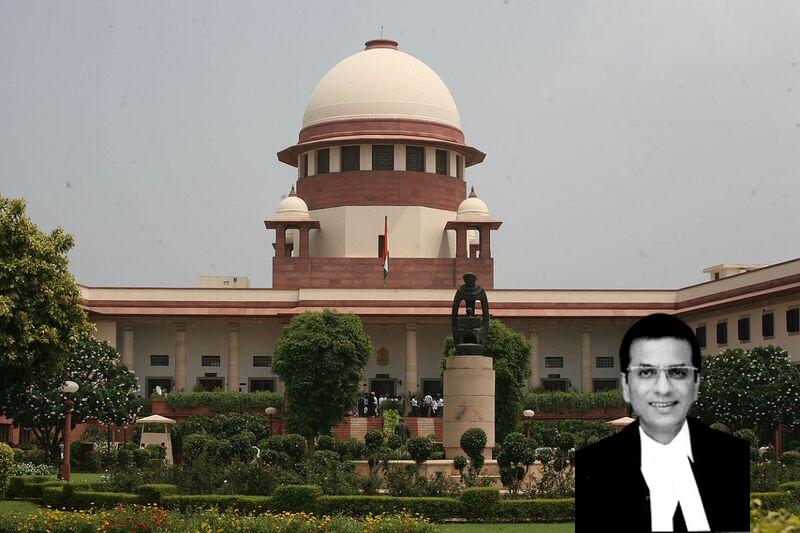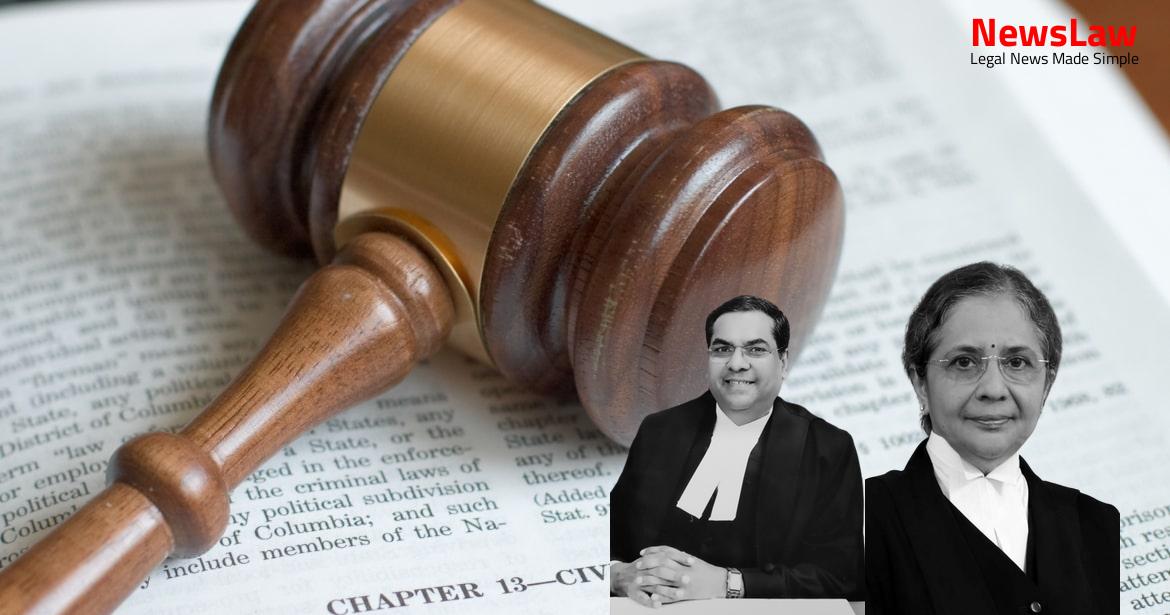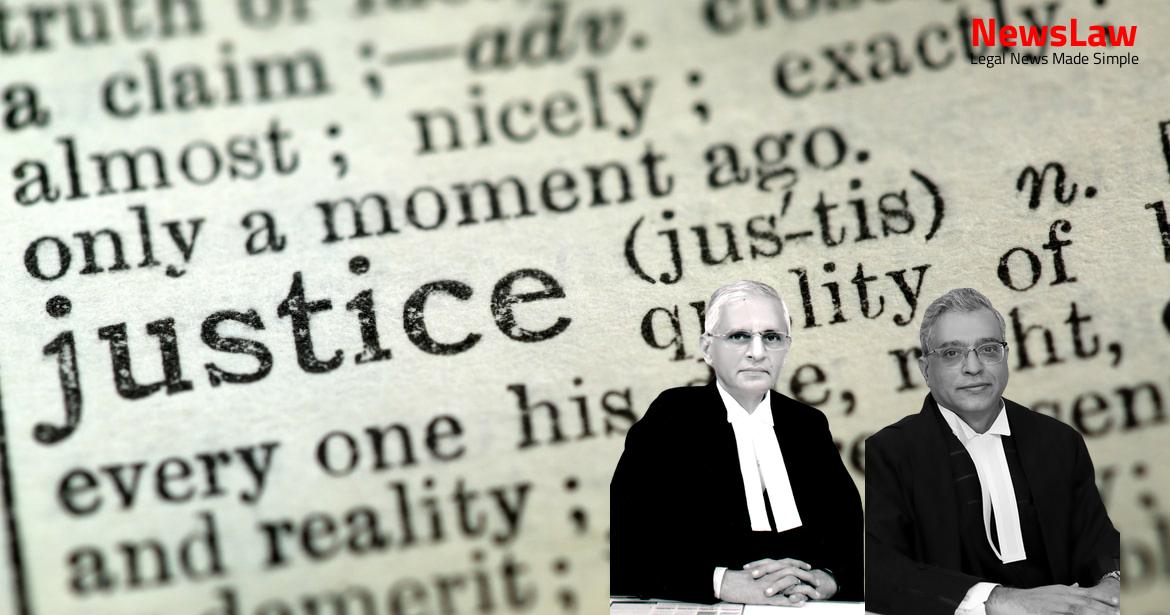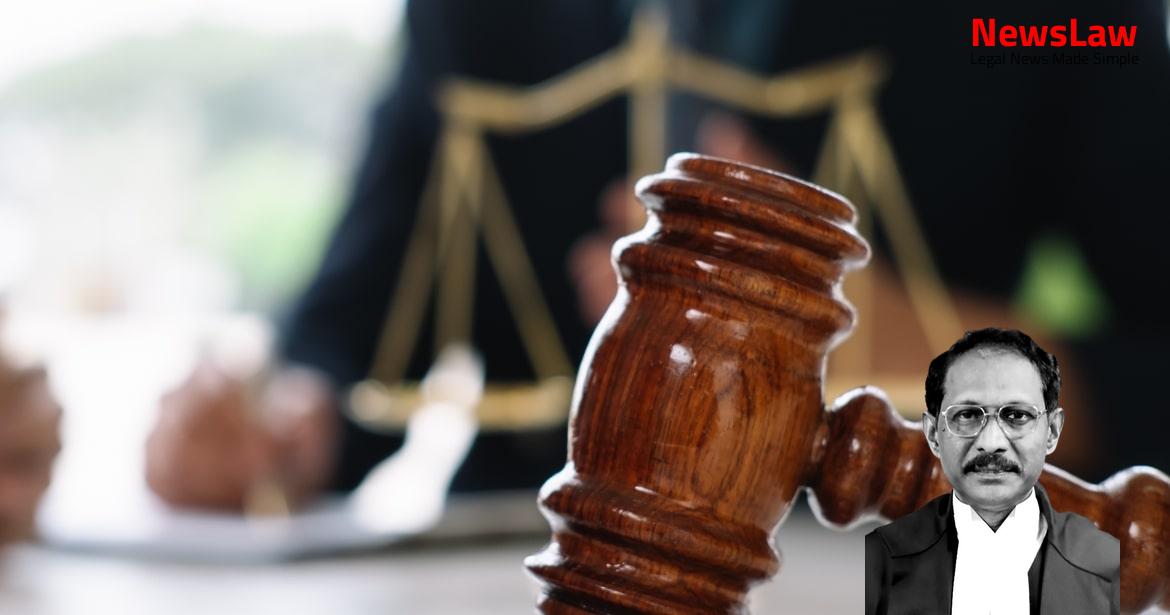The convict-appellants stand convicted of having committed an offence punishable under Sections 148, 302 read with 149, 307 read with 149, Indian Penal Code, 1860 and Sections 4/5 of the Explosive Substance Act, 1908 under which the sentence awarded varies from rigorous imprisonment for 3 years to life imprisonment, all to run concurrently. 4.2 Post-mortem examination of the body of the deceased Chetram was conducted by Dr. Pandey (PW-11) and the post-mortem examination of Kapildeo was conducted by Dr. The High Court in the impugned judgment records as follows: “(21.) After due appreciation of these witnesses, it comes that firstly two accused persons namely Anandram and Kamal threw bombs on the deceased and thereafter the other accused persons started assaulting the deceased by lathis and tabbal while he fell down on the ground. On facts, the Court also observed that PW-3, is not a relative at all, and Khorbahrin Bai (PW-16) although is a relative of the deceased but is not a close relative. The case of the prosecution rests primarily on the testimonies of three witnesses, namely, Choubisram PW-3; Khorbahrin Bai PW-16 and Jugbai PW-17. It is also a matter of record that PW-3 had sustained lacerated wounds the causation of which could well have been the country made bombs used in the commission of offence. Ratan Singh observed that Courts when faced with the question of delay in registration of FIR are duty-bound to determine whether the explanation afforded is plausible enough based on the given facts and circumstances of each case. The testimony of PW-3 at instance whose alright the FIR was recorded, shows that out of fear and having sustained numerous injuries, he ran from the place of occurrence and hid in the house of Baisakhu Kewat and only emerged therefrom two hours later.
First information report was read over to witness and he stated that this is the same report which I had dictated. 19.2 This plea being taken does not lessen the burden of the prosecution to prove that the accused was present at the scene of the crime and had participated therein. However, DW-3 testifies to the whereabouts of accused Sandas and DW-4 does so for accused Anand Ram, both of whom the present case does not concern as the appellants before us are Kamal Prasad (A-3), Shersingh (A-6) and Bhavdas (A-9). 20.2 DW-2 submitted that on the day of the offence, A-9 went to the shop run by him at Bhalesur to purchase some tea and jaggery. After all, the prosecution has relied on the statement of eyewitnesses to establish its case against the convict-appellants leading to the unrefuted conclusion that convict-appellants were present on the spot of the crime and had indeed caused injuries unto the deceased as also PW-3 with Lathis and Tabbal on various and vital parts of their bodies.
PW16 has named all three accused persons, attributing upon them the act of hitting the deceased with shovels and lathis and further stated that accused Kamal hurled abuses at the said witness and the others present alongside, prompting them to run away from that place. Be that as it may, simply because the deceased had a chequered past which constituted several run-ins with the law, Courts cannot give benefit thereof, particularly when such claims are bald assertions, to those accused of committing such a person’s murder. Pending Interlocutory application(s), if any, shall stand disposed of.



